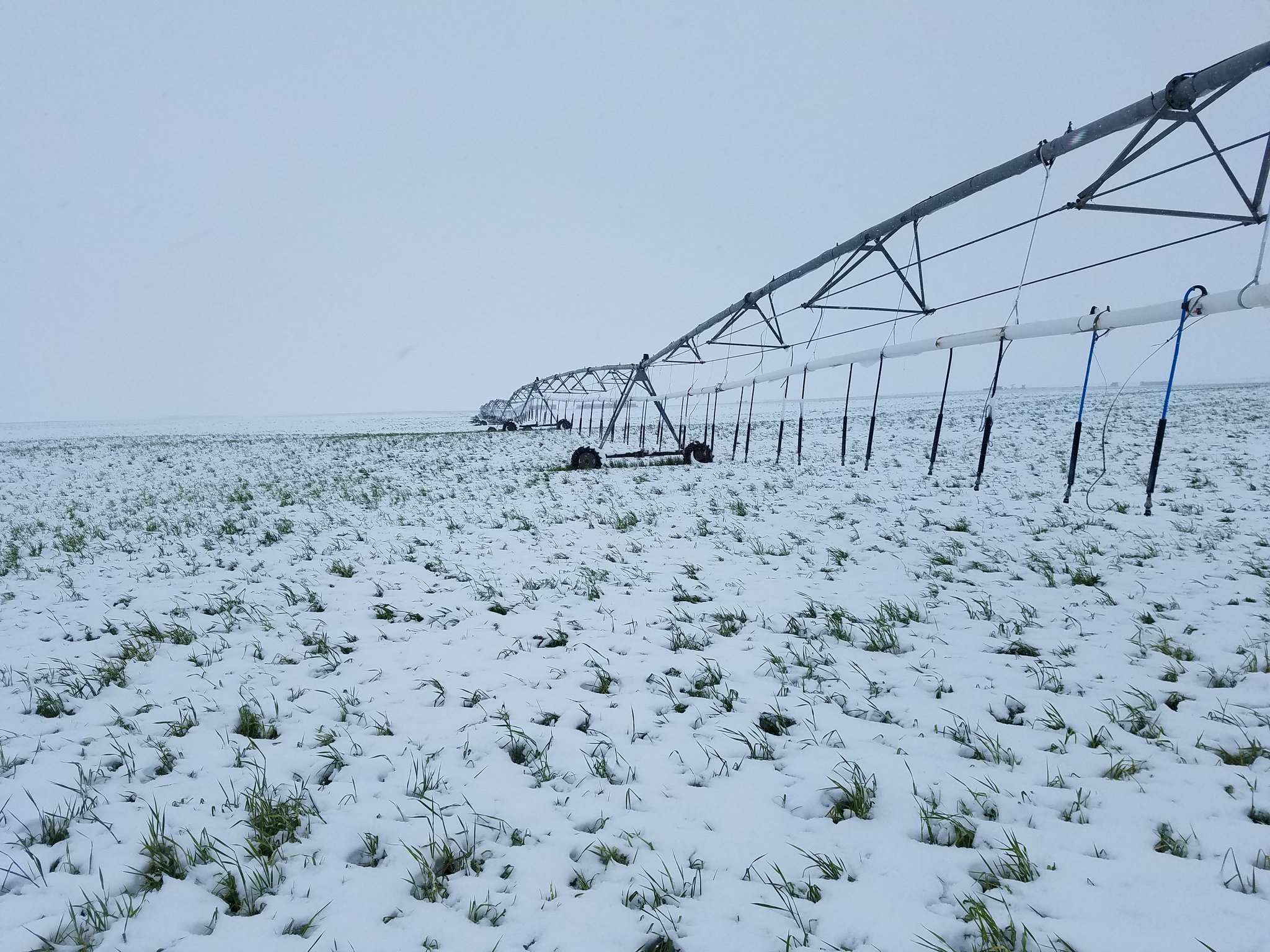
First Guess for 2017 Oklahoma Winter Wheat Crop Pegged at 100 Million Bushels- Off Twenty Seven Percent Compared to 2016 The 37th Annual Oklahoma Wheat Crop Estimates were released Wednesday morning- and they suggest a smaller Oklahoma Wheat Crop in 2017, compared to a year ago. Radio Oklahoma Ag Network Farm Director Ron Hays sat down with Mark Hodges of Plains Grains today at the Oklahoma Grain and Feed Association’s 2017 wheat harvest outlook meeting to talk about Oklahoma’s initial crop yield estimate for this year. Listen to Hodges debrief Hays on today’s meeting to establish a baseline for how many bushels of winter wheat might be harvested before 2017 is in the record books by clicking or tapping the LISTEN BAR below at the bottom of this story.
The members of the association were polled for their estimates on the potential yield of this year’s harvest, based on reports from extension and private industry professionals on their observations from the field. The results of the poll predicts Oklahoma’s wheat crop for 2017 at 2.97 million harvested acres with a yield of 33.7 bushels per acre and a potential toal crop of 100.14 million bushels. This compared to 3.5 million acres harvested in Oklahoma in 2016- a record 39 bushels per acre yield and the result of 136.5 million bushels combined last season.
Hodges reports this estimate is a little less optimistic compared to the aggregate of the scout's reports, saying the industry professionals who were polled at the meeting felt that the total acres that will be harvested will end up being around three million acres or a little less.
“There was a lot of talk about acres of abandonment, in whatever for that takes, but I think the theme was also - those better acres were the ones they saved,” Hodges said. “I feel good about what the production is going to be, so the potential is there.”
While recent storms bringing with them heavy rain and snow have presented the industry with some challenges, Hodges points out that the silver lining here, is that the resulting moisture has significantly improved the overall soil profile. He suggests this provides farmers a good opportunity to plant summer crops such as grain sorghum that thrives on stored moisture content. Barring any more unforeseen difficulties though, Hodges remains confident in the discussion of today’s meeting.
Click here to see more...